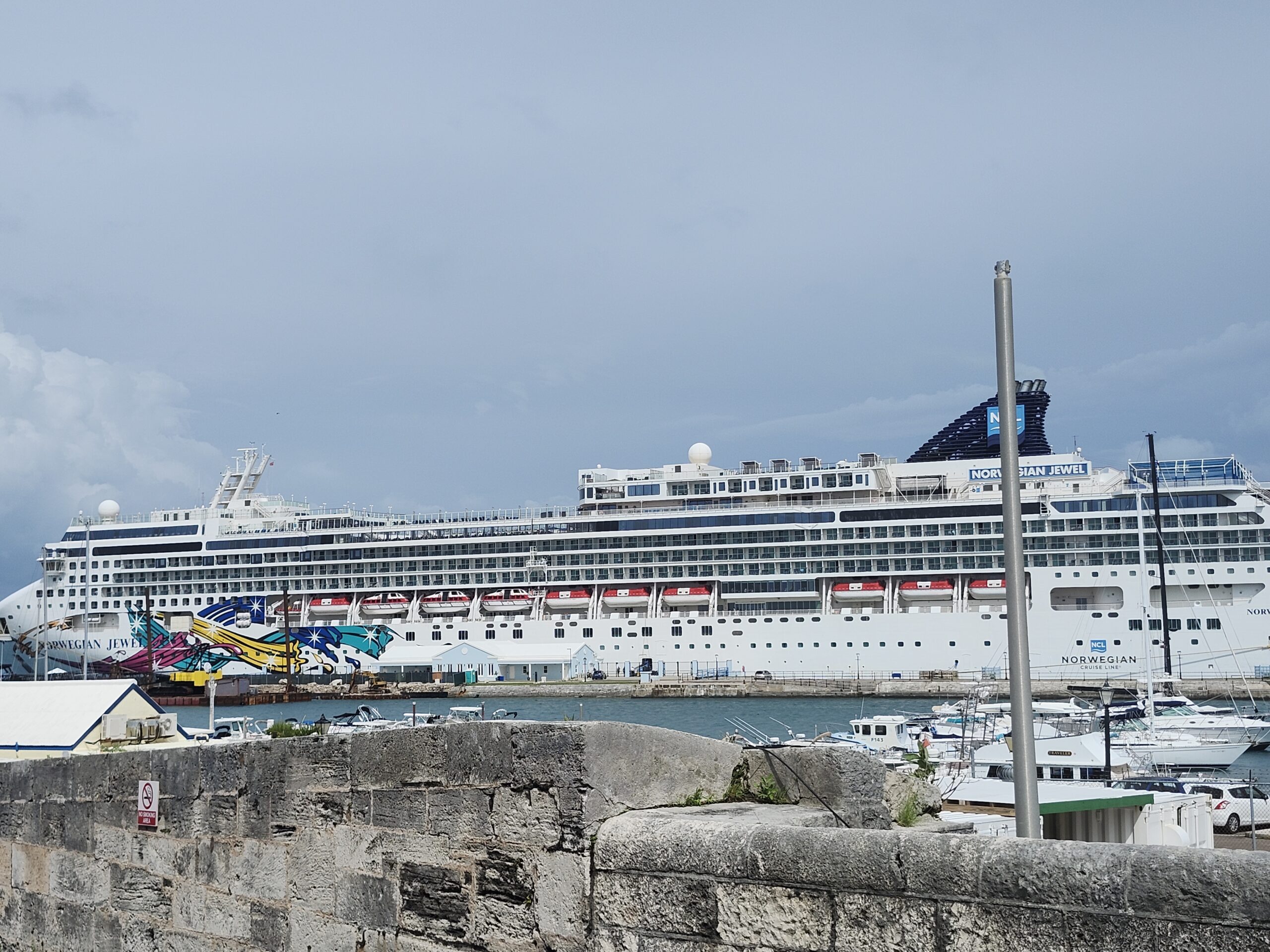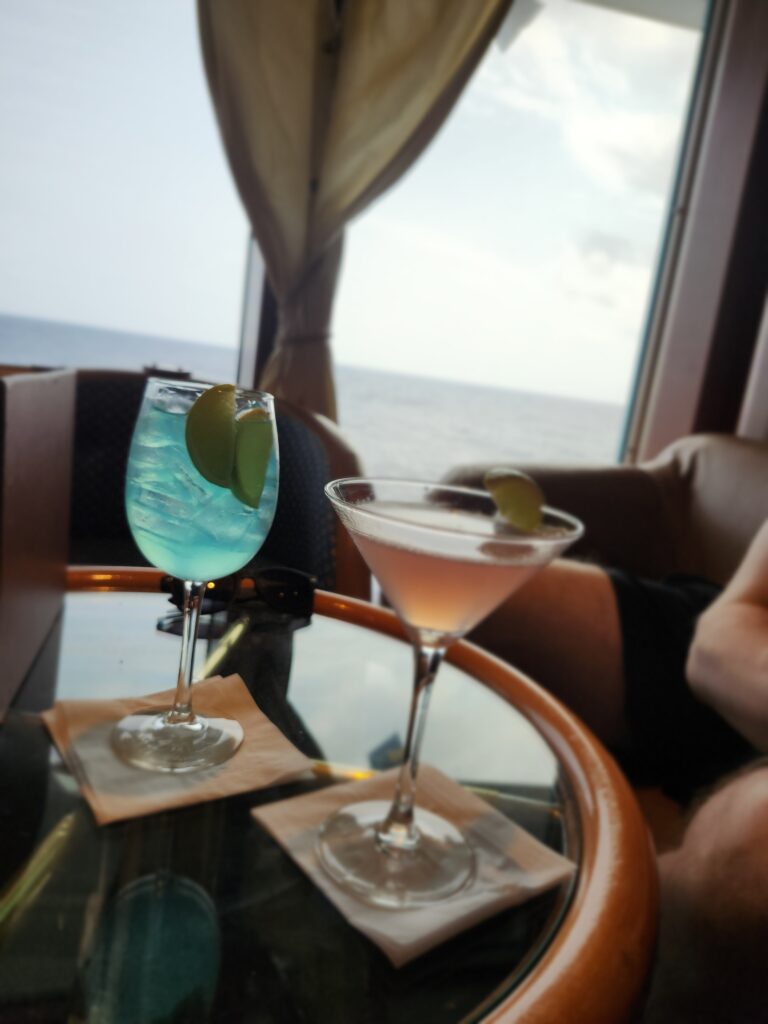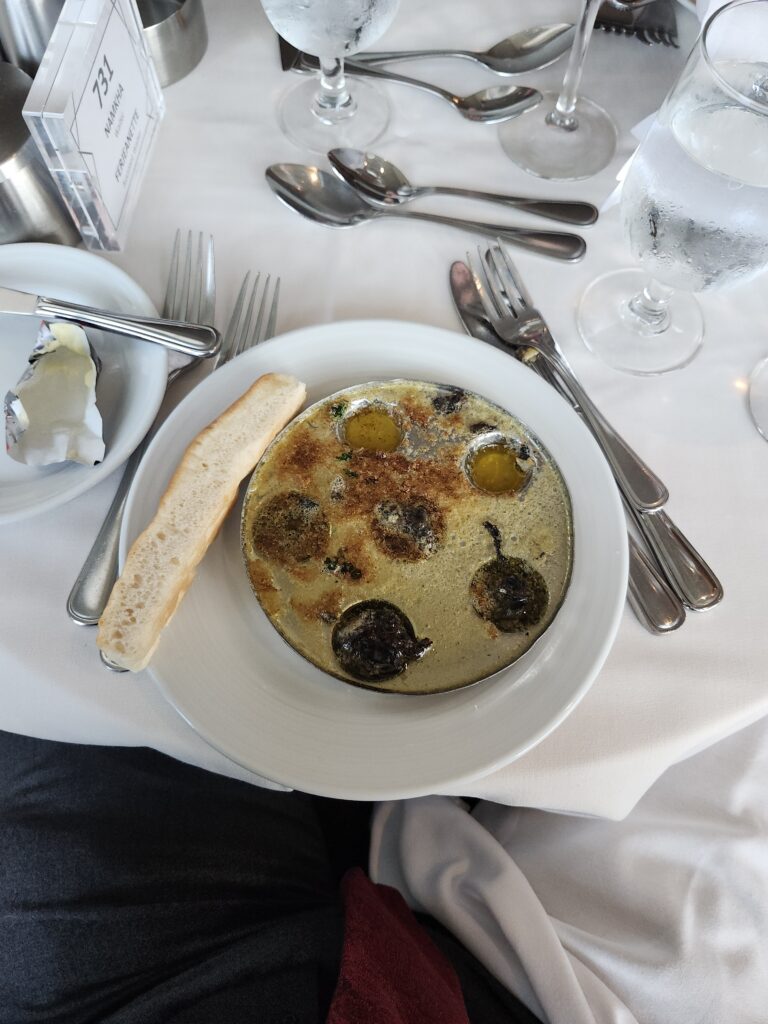Tipping on a cruise can be a bit of a mystery, especially for first-time travelers. With various cruise lines having different policies, it’s easy to feel overwhelmed about how much to tip and who to reward for their service. On many mainstream lines, gratuities make up a significant part of crew members’ income, supplementing their often low base wages.

While some luxury cruises include tips in the fare, others follow a more traditional tipping culture. Knowing the ins and outs of tipping can enhance your cruise experience, ensuring you recognize the hard work of those who make your trip memorable. Let’s dive into the essential dos and don’ts of tipping on a cruise so you can navigate this aspect of your journey with confidence.
Understanding Tipping on a Cruise
Tipping on a cruise can be straightforward once you grasp the basic guidelines. Daily gratuities typically range from $16 to $23 per passenger, depending on the cruise line and stateroom type. I recommend budgeting these amounts for each individual, instead of lumping tips together for couples or groups.
Cruise lines categorize tipping policies into three main groups:
- All-Inclusive Luxury Lines: Some cruise lines, such as Azamara, Seabourn, Silversea, and Virgin Voyages, include gratuities in the fare. For these cruises, no additional tips are necessary.
- Prepaid Gratuities: Many mainstream cruise lines allow passengers to prepay gratuities. This means a specific amount is applied automatically to your onboard account, eliminating the need to determine individual tips during your trip.
- Traditional Tipping: Cruise lines like Carnival and Royal Caribbean suggest daily gratuity amounts that can be adjusted based on service quality. Passengers can modify these charges at the pursers desk.
Understanding who to tip on board is essential. Standard practice includes tipping bartenders, cabin stewards, waitstaff, and dining room personnel. It’s customary to remember those who work behind the scenes, too, as they contribute to an enjoyable cruising experience.

I also suggest considering service levels when tipping. If service exceeds expectations, feel free to increase your gratuity. Conversely, if service falls short, adjusting the tip percentage is acceptable.
Familiarizing myself with the cruise line’s policies ahead of time makes navigating tipping on a cruise much simpler. Online resources or cruise documents often provide clear guidelines regarding suggested amounts and specific procedures.
Common Gratuity Practices
Tipping practices on cruises can vary widely, and understanding the common customs can simplify the experience. Below are key practices to know, including standard tipping amounts and automatic service charges.
Standard Tipping Amounts
Typically, tipping amounts range from $16 to $23 per passenger, per day, depending on the cruise line and stateroom type. It’s crucial to calculate these gratuities individually, rather than for couples or groups. For example, if a party of four cruises, the total gratuity could amount to $64 to $92 daily. Some cruise lines provide a detailed breakdown of suggested tips for various crew members, including cabin stewards and dining staff, in their documentation. Familiarizing oneself with these amounts ensures I budget appropriately for the trip.
Automatic Service Charges
Many large cruise lines, such as Royal Caribbean and Holland America, automatically apply service charges to passenger accounts, generally ranging from $14 to $25 per person, per day. These charges are typically distributed among the crew members, including waitstaff, cabin stewards, and bartenders. Passengers can opt out of these fees at the front desk, provided they haven’t purchased prepaid gratuities packages since those are nonrefundable. Knowing about these automatic service charges aids in planning my gratuity budget and allows for adjustment based on the quality of service received.
Who to Tip Onboard
Understanding who to tip onboard your cruise enhances your experience while recognizing the hard work of the crew. It’s essential to know which staff members contribute significantly to your journey.
Key Staff Members to Consider
- Room Stewards: Tip $5.50 to $6.50 per person, per day for your cabin attendant. They’re responsible for maintaining your stateroom and ensuring comfort.
- Dining Room Waiters: An equal amount as your room steward goes to your dining room waiter. They make dining memorable through excellent service.
- Busboys: Allocate half of what you give to your waiter, typically around $2.75 to $3.25 per person, per day, as they assist in serving and clearing tables.
- Maitre D’s: Tip $5 to $10 if you request special services or tableside presentations. Their assistance adds a personal touch to your dining experience.
- Bartenders and Wine Stewards: A gratuity of 15% to 18% on bar bills is standard. Many cruise lines automatically include this charge, so check your bill before tipping.
- Spa Attendants: Tipping for services such as massages or facials is discretionary. A few dollars is appropriate for exceptional service.
Crew Members You May Not Need to Tip
- Casino Staff: It’s customary to tip casino personnel with cash or chips. This is separate from general gratuities since they don’t share in the onboard tipping pool.
- Room Service Deliveries: A minimal tip, around $1 to $2, is suggested for room service attendants, though this varies based on service quality.
- Shoreside Porters: Although it’s not obligatory to tip porters at many ports, a few dollars per bag is appreciated and considered polite by some travelers.
- Backstage Crew: Crew members like kitchen staff or laundry personnel typically do not receive direct tips. Their work contributes to your experience but is compensated through the broader gratuity distribution.
Familiarizing yourself with these tipping guidelines ensures a rewarding cruise experience while supporting the staff dedicated to making your journey enjoyable.
Adjusting Gratuities
Adjusting gratuity amounts on a cruise can enhance your experience and ensure fair compensation for service quality. Understanding how to modify these charges empowers me to express my satisfaction or dissatisfaction appropriately.
How to Modify Automatic Charges
To modify automatic gratuity charges, I can visit the Guest Services or purser’s desk while onboard. Cruise lines typically allow passengers to adjust gratuities either upward or downward, depending on service satisfaction. If I decide to reduce the gratuity, I’ll likely be asked about the reasons for this decision. Crew members primarily rely on these gratuities for income, making this process somewhat sensitive. It’s ideal to address any service issues early during the voyage. Doing so enables the cruise line to resolve complaints promptly. Automatic charges often range from $14 to $25 per person, per day, based on the cruise line and stateroom category, and if left unchanged, these amounts appear on my bill upon disembarkation.
Tipping for Exceptional Service
When I receive exceptional service from specific crew members, I can opt to provide additional tips at my discretion. For instance, if a waiter goes above and beyond or my cabin steward exceeds expectations, offering extra cash shows appreciation. While the daily gratuity covers general services, recognizing standout staff can enhance my overall cruise experience. Remember, there’s no requirement for these additional tips, but they are appreciated and can contribute positively to the crew’s income, especially on services like spa treatments or specialty dining.

Additional Tipping Situations
Various situations on a cruise may require additional tipping beyond the standard gratuities. These can include services at bars, spas, and during shore excursions.
Bar, Spa, and Specialty Dining Tips
Tipping at bars typically involves a gratuity of 15% to 18% of your total bill. Many cruise lines automatically add this charge to beverage bills, so always check before adding extra. For spa services, if the gratuity isn’t included in the final bill, a tip of 15% to 20% is customary for treatments such as massages, facials, or hair services. Specialty dining venues may also add a service charge, but it’s advisable to inquire beforehand. If tips aren’t included, consider providing additional gratuities for exceptional service.
Shore Excursion Gratuities
During shore excursions, I suggest planning to tip tour guides and drivers. A standard tip ranges from $5 to $10 per person, depending on service quality and group size. For larger tours, consider tipping more for guides who provide valuable information and enhance your experience. Even in foreign ports, tipping in US dollars is often appreciated. Having cash on hand is beneficial to ensure you can express gratitude appropriately.
Tipless Cruises
Tipless cruises typically include gratuities in the fare, meaning passengers don’t need to worry about tipping during their trip. These lines focus on providing an all-inclusive experience without the burden of additional costs at the end of your vacation. Luxury cruise lines such as Regent Seven Seas, Crystal Cruises, and Seabourn often adopt this practice, ensuring crew members receive adequate compensation without the expectation of cash tips from travelers.
Guests can enjoy their trip without fretting over gratuity amounts or service levels. The fare generally covers all services, including meals, accommodations, and crew compensation. Some passengers still choose to offer additional tips for exceptional service, but this is a personal choice rather than an obligation.
Understanding the concept of tipless cruising is crucial, especially for those new to cruising. Such cruises often promote transparency, allowing passengers to know their total cruise cost upfront. This approach can lead to a more relaxed vacation experience as the pressure to calculate and dispense tips during the trip disappears.
On tipless cruises, crew members may rely on a sharing model for their compensation, fostering an equitable environment among staff, who collectively contribute to the overall guest experience. This model helps ensure everyone on board, from the front of house to behind-the-scenes workers, benefits fairly from guests’ patronage.
Conclusion
Navigating the tipping landscape on a cruise can feel overwhelming but it doesn’t have to be. By understanding the different policies and practices of various cruise lines I can ensure that I recognize the hard work of the crew while enjoying my vacation.
Whether I choose to stick with automatic gratuities or adjust them based on service quality I can contribute positively to the crew’s income. Remembering to plan for additional tips during excursions and at bars or spas can further enhance my overall experience.
With a little preparation and awareness I can focus on making the most of my cruise adventure while showing appreciation for those who make it memorable.
